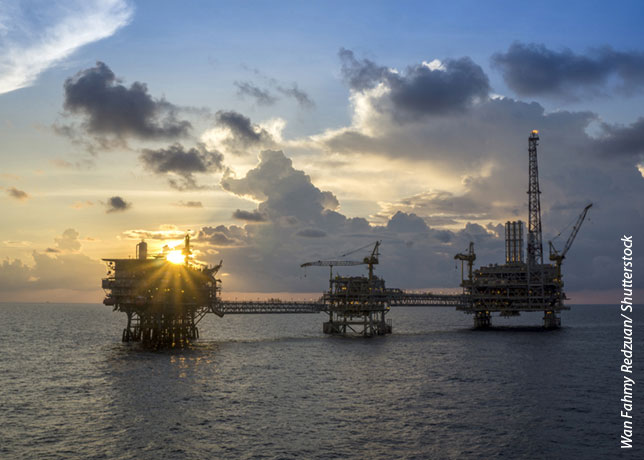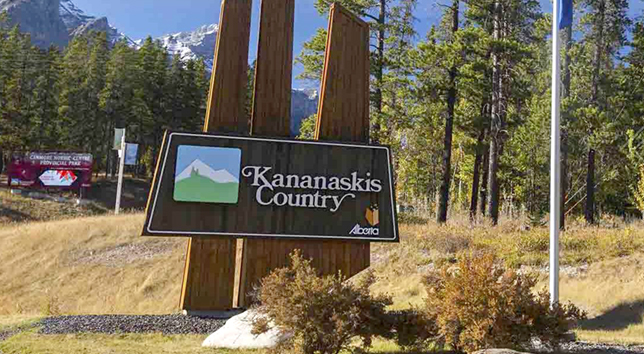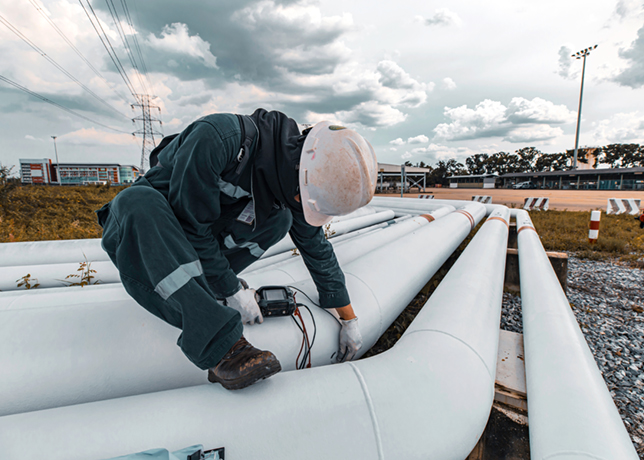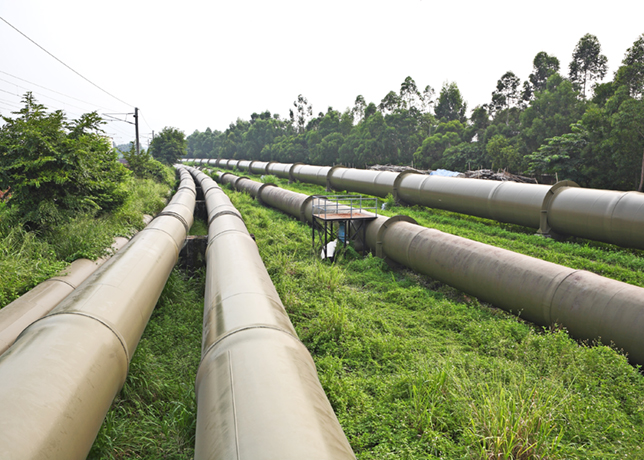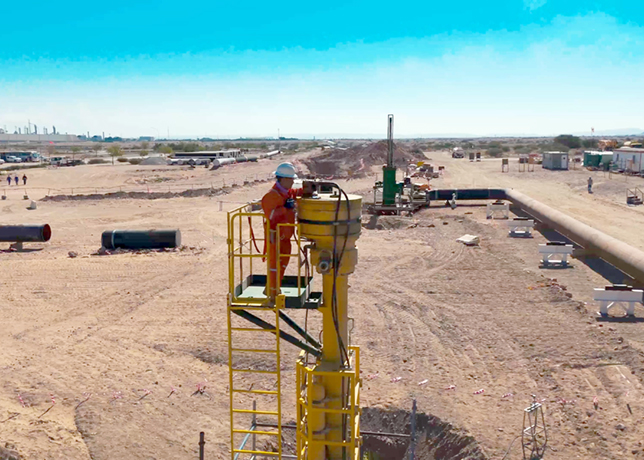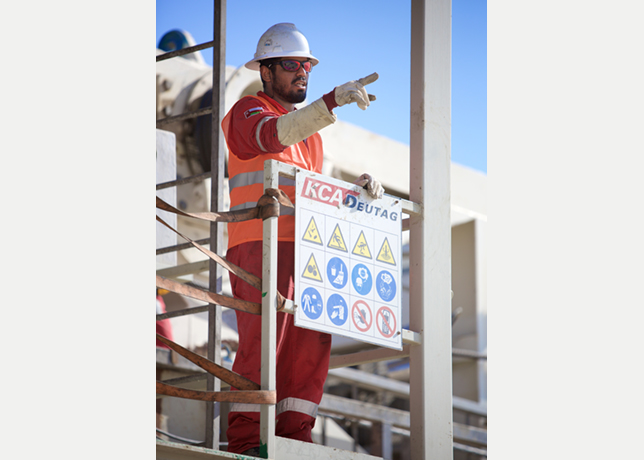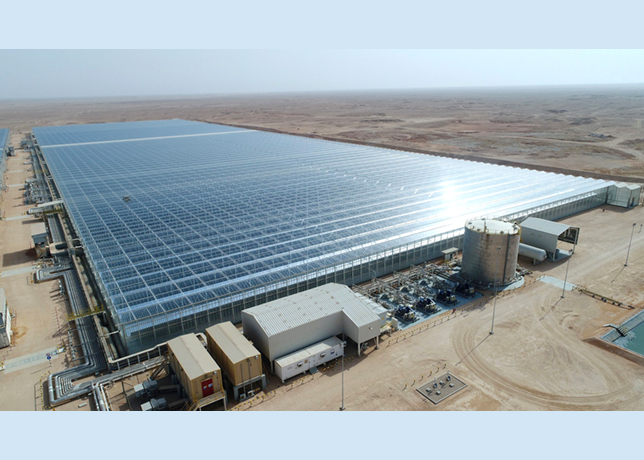
 Umm A Nar Refinery... onshore and offshore applications will be halon free.
Umm A Nar Refinery... onshore and offshore applications will be halon free.
Adnoc and its subsidiaries have embarked on a plan to protect the ozone layer by controlling the use of halon, an anti-environment extinguishing gas.
Substantial quantities of the gas are used to protect onshore and offshore oil installations.
The plan, in line with an international agreement, involves phasing out the use of halon, a chemical fire extinguishing gas.
Launched seven years ago, the plan is expected to be completed five years ahead of schedule.
In its company monthly bulletin, Adnoc said it embarked on the programme in compliance with the Montreal Agreement, which was ratified by the UAE in 1989.
It requires all signatories to that agreement to cease halon production and phase out its use by 2005 for industrialised nations and 2010 for developing countries.
In compliance with the spirit and letter of the Montreal Protocol and as early as 1995, Adnoc adopted the target to be entirely halon-free by 2005, says the report.
As a result, a halon working group was formed, with Adnoc representatives, to develop an inventory of halon as well as a strategy to phase it out.
"This was a significant undertaking," according to Adnoc.
"It required technical recommendations for adequate and environmentally friendly fire protection in existing and new facilities. It also required a methodology for safe and environmentally sound storage of the halon which was going to be recovered from the existing installations."
The working group is said to have successfully tackled the issue and large quantities of halon have subsequently been removed.
Two types of halon were listed, including halon 1211 used for outdoor fire protection. Most of this variety has now been decommissioned and stored at a central onshore location.
The process involved nearly 40,000 kg of halon.
Nearly 90,000kg of the second type, halon 1301 is used in indoor protection. 65 per cent of this has also been decommissioned and stored with Adnoc subsidiaries or at a central onshore location.
The remaining 35 per cent is being gradually decommissioned. The process is expected to be completed in 2005, sources say.
Halon has historically been one of the preferred methods for fire protection of enclosed spaces such as turbine enclosures, electrical switch gear rooms and control rooms, says Adnoc news.
It was in the late 1980s that it was discovered that it contained chemical components that were harmful to the environment.














